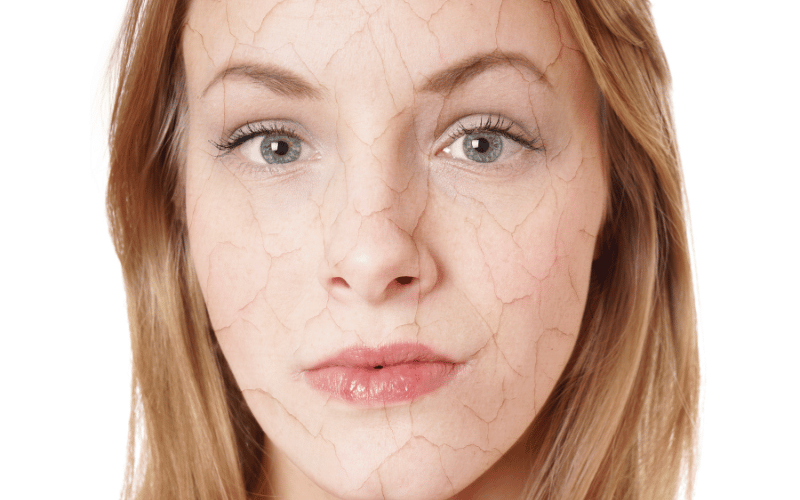7. Dry Skin: The Desiccating Effect of Mycosis Fungoides

Dryness might seem like an innocuous symptom on its own, but when linked to mycosis fungoides, it takes on a more significant meaning. Affected skin areas can become flaky, rough, and scaly, devoid of the natural moisture that keeps the skin supple and elastic.
When the skin is invaded by malignant T-cells, its natural barrier function can get disrupted. This compromise can lead to an increased loss of moisture. In addition, the inflammatory response often associated with the condition can further exacerbate skin dryness.
While any part of the body can become dry, areas with pronounced patches or plaques are most susceptible. The dryness can vary from a slight roughness to severe flakiness, which may even lead to skin cracking in extreme cases.
Hydrating the skin is pivotal. Regular application of moisturizers, especially after bathing, can help lock in moisture.
For extremely dry areas, thicker ointments or creams might be prescribed. It’s also advisable to avoid hot showers and use mild, fragrance-free soaps to prevent further skin irritation. (7)